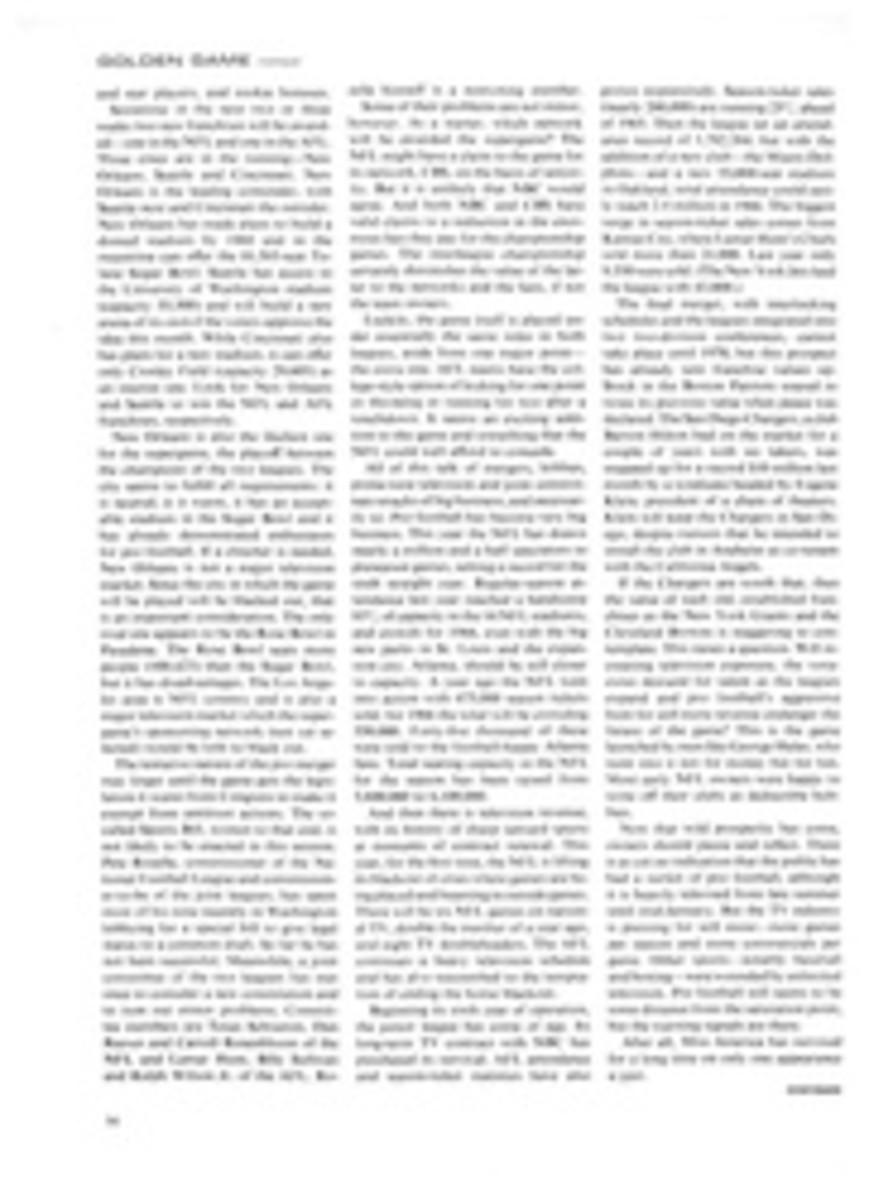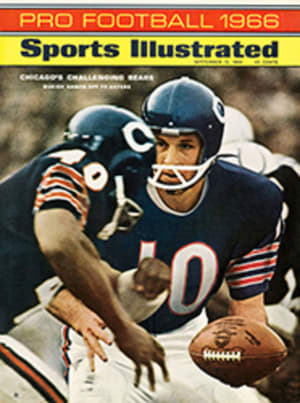
Safaris by plane to South America and Africa are booked by Lindblad Travel
Lars-Eric Lindblad really wanted to be an explorer but settled for the more practical tourist business instead. In 1948 he drifted into a summer job in his native Stockholm with Thomas Cook and Son, the first travel agency of them all. He liked it well enough, but the disappointed adventurer in him found organized tourism a little tame. In 1951, with no prospects whatever except those an adventurous spirit supplies, he arrived in New York, and on his first day there picked up a job with American Express. The job was to prepare itineraries for travelers—and again he found it a little tame. Seven years later he formed his own organization, Lindblad Travel, Inc., 1 East 53rd Street, New York City 10022. He had an idea that he could get around the tameness.
He wanted to arrange tours especially set up for the adventurous, and his agency became known for the balance it struck between organization and excitement. Lindblad will take anybody anywhere. In his time he has set up tours for groups of ornithologists, archaeologists, anthropologists, hog breeders, music lovers, botanists and big-game hunters. He has led such specialists into many odd corners of the world.
Of special appeal to sportsmen out for a rugged time are the "wing safaris" to East Africa and South America. For one thing, a wing safari is less expensive than an overland one. For another, it is less time-consuming. Overland one bumps around the bush and through the jungle in zebra-striped station wagons or four-wheel-drive Land-Rovers. A month-long camping safari out of Nairobi, for instance, costs $4,200 for one person and $2,400 apiece for two. It is, of course, complete with white hunter and a troop of African attendants, Land-Rover, supply truck, five-course dinners and hot baths in canvas tubs.
Lindblad's air safaris cover more territory in three weeks than a land safari can cover in six months—and at less than half the cost. The minimum rate is $2,241 round trip from New York, and groups of 10 leave weekly throughout the year for Nairobi, except in April and May, Kenya's rainy season.
The first stop the Piper Aztec makes after leaving Nairobi is Lake Rudolf, where the group fishes for the legendary Nile perch. (The world-record fish weighed 238 pounds and measured 7 feet 3 inches, with a 60-inch girth.) The group then flies to Samburu Game Lodge for elephant. Next stop is Kilifi, a beach resort on the Indian Ocean, for deep-sea fishing, sailing and water skiing. The tour also stops twice (coming and going) at the Mount Kenya Safari Club, the luxurious resort that Actor Bill Holden and his partner Ray Ryan built in the foothills facing Mount Kenya. Altogether there are 12 wing safari flights totaling only about 12 hours in the air. Sometimes a 50-minute flight takes the expedition to places that would require two or three days of hard driving to reach overland.
The tour is intended both for hunters and nonhunters, and although the price includes the cost of the basic game license and the rental of firearms, it does not cover ammunition or the controlled area fee (the money paid against any animal shot). A zebra or buffalo will cost the hunter a mere $28, but a rhinoceros is 10 times as expensive. Lindblad Travel has made arrangements with a leading firm of gunsmiths for the use of high-quality guns on the spot, but if you bring your own, the game departments insist that the minimum caliber for lion, buffalo and rhino should be .375 magnum, and they prefer something bigger for elephant. As for clothes, basic safari clothes can be bought from any big sportswear store. New York City's Abercrombie & Fitch carries a complete selection for men and women. Nairobi has excellent safari clothing and gear of all kinds. Both Esquire's and Ahmed Brothers sell bush jackets and khaki trousers for as little as $9 each, crepe-soled suede bush boots for $6 and khaki shirts for a couple of dollars.
Encouraged by the success of wing safaris to Africa, Lindblad has started them to South America this year. The Brazil safari uses small airplanes and special safari "boatels"—extremely comfortable floating hotels. The first stop is Belém, at the mouth of the Amazon. After visiting Manaus and Bananal Island, the expedition transfers for 14 days to a boatel traveling up the Araguaia River, a tributary of the Amazon. Sportsmen can fish for giant piraiba, shoot 12-pound ducks and hunt crocodiles at night. Another night-hunting expedition is scheduled for Mato Verde, a small town on the edge of the vast Mato Grosso grasslands. The chief hunting here is for capivara, tapir and deer. The cost is $1,600, to which is added the 30-day excursion air fare from Miami or New York either tourist or first-class. A maximum number of 12 will leave once a month for Brazil during the dry season (April to November), accompanied by guides who have worked with professional explorers.
Lindblad's newest tour for explorers is to the Antarctic. Last January he organized and conducted the first tour there with 50 passengers on a boat provided by the Argentine navy. There will be two tours next year. The expedition studies the habits of seals, whales and penguins, and in the interests of popular science the ever-curious Lindblad takes electrocardiograms of penguins (first giving them a suppository to put them to sleep!). The cost for 25 days is $3,600.

